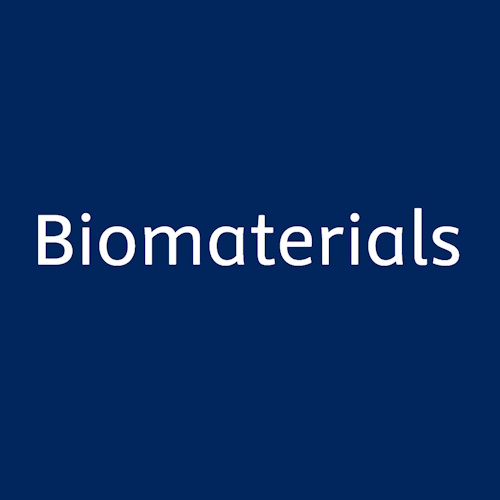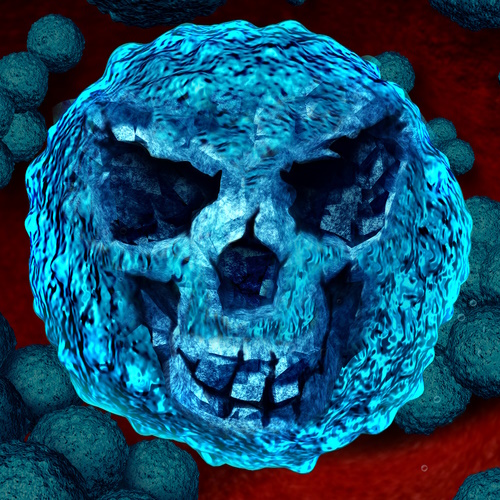Key points from article :
Ma Qian stated, “... More than 99.99% of golden staph bacteria cells were destroyed in just two minutes on modified copper material; 120 times faster than conventional copper.”
Copper alloy was created using the copper mold casting process using an alloy of manganese and copper.
Dealloying removed manganese resulting in a porous copper structure.
Surface area dramatically increased compared with unmodified copper.
Material is hydrophilic and draws bacteria in surface water into it and creates additional stress for them.
"Our copper is composed of comb-like microscale cavities and within each tooth of that comb structure are much smaller nanoscale cavities; it has a massive active surface area" -Jackson Leigh Smith
"The pattern also makes the surface super hydrophilic, or water-loving, so that water lies on it as a flat film rather than as droplets."
"... bacterial cells struggle to hold their form as they are stretched by the surface nanostructure, while the porous pattern allows copper ions to release faster. "
"These combined effects ... also facilitates the uptake of copper ions into the bacterial cells."
Useful antimicrobial surface in a variety of healthcare settings and devices, including ventilation systems, door handles and face masks
Study carried out by RMIT University, Australia published in Biomaterials.





